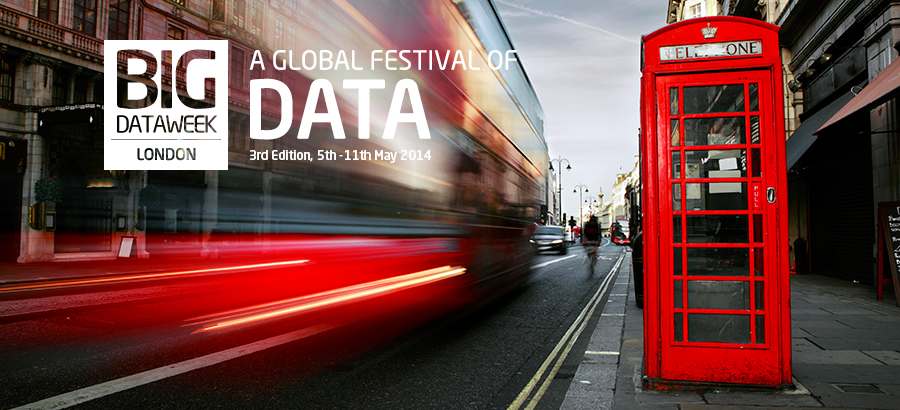- Advertising
- Bare Metal
- Bare Metal Cloud
- Benchmarks
- Big Data Benchmarks
- Big Data Experts Interviews
- Big Data Technologies
- Big Data Use Cases
- Big Data Week
- Cloud
- Data Lake as a Service
- Databases
- Dedicated Servers
- Disaster Recovery
- Features
- Fun
- GoTech World
- Hadoop
- Healthcare
- Industry Standards
- Insurance
- Linux
- News
- NoSQL
- Online Retail
- People of Bigstep
- Performance for Big Data Apps
- Press
- Press Corner
- Security
- Tech Trends
- Tutorial
- What is Big Data
Bigstep and Splunk Talk Social Data at Big Data Week London

Big Data Week 2014 was a huge success, with people all over the world enjoying presentations, seminars and panel discussions in more than 30 different cities.
We were there in full force and would like to recap on our presentation in London last week with David Greenwood of Splunk. We presented to a packed house at the University College London, looking at social data and the ways in which organisations can get the most insight from that.
The power of social data
Social media data is fast becoming one of the major assets a brand can have. Incredibly rich, it can deliver deep insight into all manner of consumer behaviour, from which TV shows are most popular to who is likely to win an election, taking in all manner of purchasing habits and preferences.
If there is an issue with social data though, it is how best to manage it, and for a brand to be able to use the insight and intelligence in quick enough time to benefit from it. That’s where Splunk is able to play a major role. Working with organisations such as Tesco, Ford and Domino’s Pizza, Splunk takes machine data from IT systems and technology infrastructure, monitoring and analysing everything from customer clickstreams and transactions to network activity and call records.
Tesco has used machine data to generate insight that has led to fewer abandoned shopping carts and more operational visibility, and the same Splunk analytics capability can also be deployed with social media data. As we show in our presentation at Big Data Week London.
[slideshare id=34613625&doc=bigstepandsplunk-bigdataweek-presentation-140513054117-phpapp02]
Big data and computing power
But crunching such large volumes of data requires a lot of computing power. That’s why when we launched our bare metal cloud in October 2013, we did so specifically to help organisations that wish to analyse big data.
Removing the hypervisor means we do not waste the power of bare metal servers and our cloud model means we can offer the flexibility of payment that is so important to many organisations. We know that a firm may not need such computing power all the time, so we provide the world’s most powerful public cloud by the hour, for mere pennies.
Our infrastructure can process 10,000 social interactions per second, so feeding social data into Splunk means organisations can gain valuable insight from social data in real-time.
This is the key to unlocking the rich potential held in social data and organisations can harness it in all manner of ways, from customer service to targeting the influencers that are most vocal about a brand. As the volume of social data generated continues to grow, so does the insight it offers and Splunk’s analytics capability allied with our big data infrastructure is the best way to get that insight.
Readers also enjoyed:

What makes a good bare metal cloud?


Leave a Reply
Your email address will not be published.